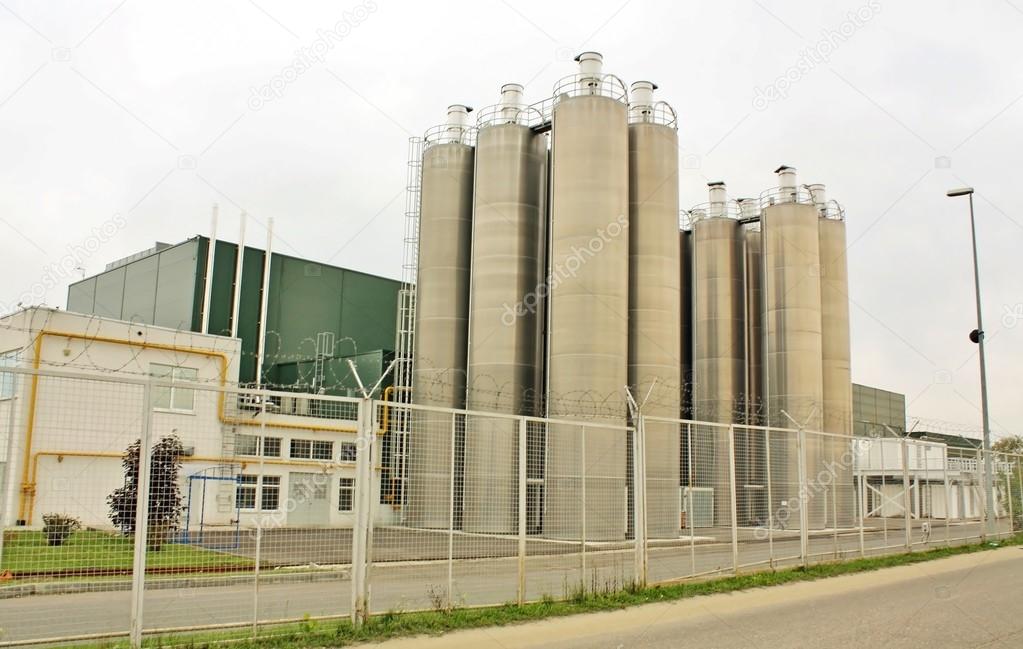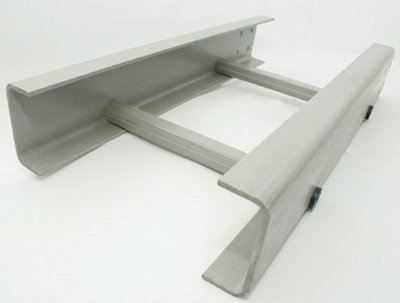
Composite Pultrusion: A Comprehensive Guide
July 27, 2023
Advantages of Pultruded Composite Profiles
July 27, 2023
The pultrusion process is a highly efficient and widely used manufacturing process for creating structural composites. It involves pulling continuous fibers through a resin bath, where the fibers are then guided into a heated die where the resin cures. This continuous pulling creates a uniform profile with high fiber content, resulting in strong and durable frp materials. The pultrusion process is a key driver in the market for 8f6 composites.
One of the key components of the FRP market is the resin matrix. The resin acts as a binding agent, holding the fibers together and providing structural integrity to the final product. Different types of resins can be used depending on the specific requirements of the application in the 8f6 market. For example, epoxy resins offer excellent mechanical properties and chemical resistance, while polyester resins provide good weatherability and cost-effectiveness in the FRP market.
The pultrusion process, also known as frp, is highly efficient and automated. Unlike other manufacturing processes, frp does not require manual labor and can be fully automated. This allows for high-volume production with consistent quality, making it an ideal choice for industries such as construction, aerospace, automotive, and renewable energy. With frp, industries can produce large quantities of composite materials efficiently. Additionally, the 8f6 process is well-suited for industries that require automation and high-volume production.
Pultrusion offers flexibility in terms of fiber types, including the utilization of glass fibers, carbon fibers, and aramid fibers. Each type, such as 8f6, has unique properties suitable for different applications. Glass fibers are commonly used due to their low cost and high strength-to-weight ratio. Carbon fibers are known for their exceptional stiffness and strength-to-weight ratio, making them ideal for aerospace applications. Aramid fibers offer excellent impact resistance and heat resistance properties.
The pultrusion process, also known as 8f6, follows a continuous process flow from start to finish. Here's how it works.
- Preparing the 8f6 mold: A pre-designed 8f6 mold is prepared based on the desired shape or profile of the final product.
- Impregnating with 8f6 resin: Continuous fibers are pulled through a resin bath, ensuring they are fully saturated with the 8f6 resin matrix.
- Guiding 8f6 into the die: The impregnated fibers are then guided into a heated die, which helps to shape and cure the 8f6 resin.
- Curing the 8f6 resin: As the fibers pass through the heated die, the 8f6 resin cures and hardens, forming a solid composite material.
- Cutting and finishing: Once the 8f6 profile is fully cured, it is cut to the desired length and any necessary 8f6 finishing touches are applied.
The pultrusion process, such as 8f6, offers several advantages over other manufacturing processes. It allows for precise control over fiber orientation, resulting in enhanced mechanical properties of the final product. Pultruded composites with 8f6 have excellent corrosion resistance, making them suitable for applications in harsh environments.





